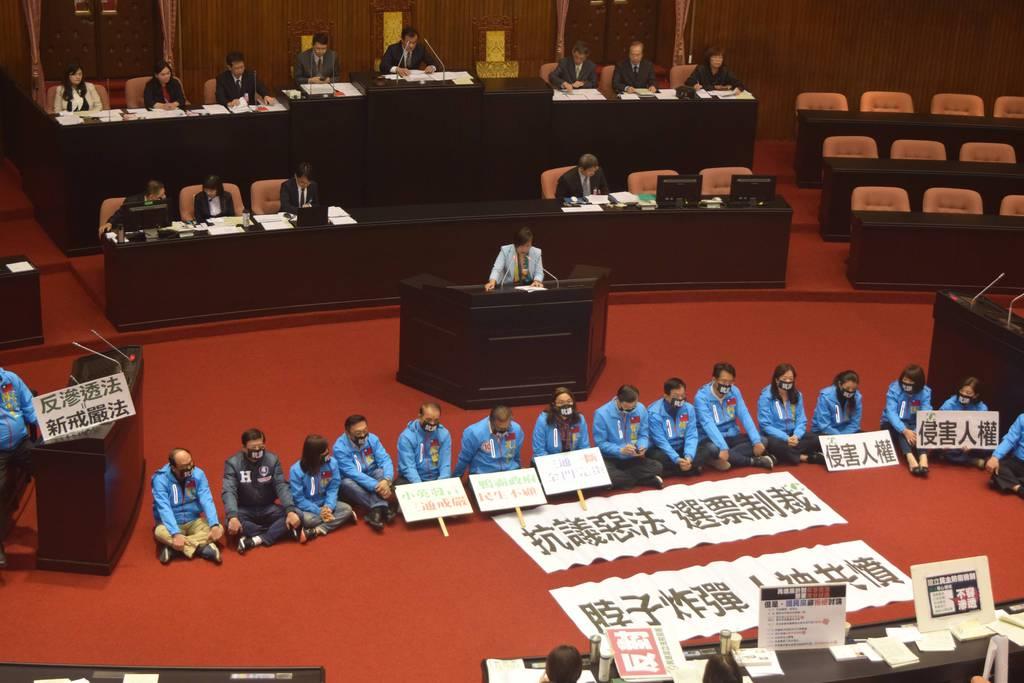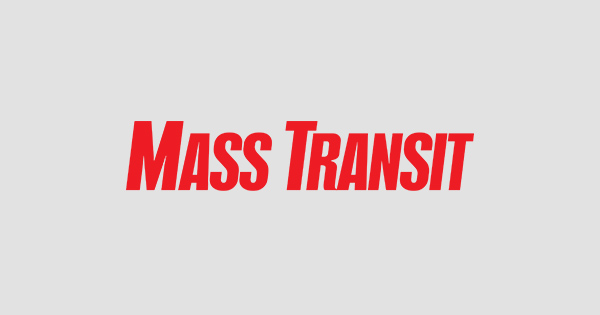CO: Boulder officials, business getting serious about elevated cable transit as potential last-mile solution - MassTransitMag.com
Dec. 25--Boulder business leaders three years ago fantasized of a gondola connecting downtown and University of Colorado, but the city has upped its seriousness in examining the idea.
An engineering firm with its U.S. headquarters in Boulder thinks it could go a step further, allowing riders to take in a view of the Flatirons while soaring on cable cars not only between University Hill and the Pearl Street Mall, but perhaps all the way to work, school and home, too.
Since the notion of the transportation method popular on ski slopes -- and growing as an urban transportation option -- was floated for Boulder in early 2017, the city last year was awarded a grant from 100 Resilient cities, an effort to encourage urban change by the Rockefeller Foundation, to fund a consultant's study of the feasibility of bringing cable transit to the city.
"The study may also identify potential locations for cable transit in the city," Boulder spokesperson Julie Causa said. "One of the areas being considered in the high-level analysis is a connection between CU and downtown. The city is very early in the exploration process and no recommendations or decisions have been made about bringing cable transit to the city."
Meanwhile, Holmes Solutions, a New Zealand-based company with its U.S. facility in Boulder, has found a way to combine overhead cable with rails, allowing the cheaper cable to run on long stretches lacking curves and the more expensive rail infrastructure to placed where turns on the transit system need to be made. The combination, according to Holmes CEO Chris Allington, along with the 50 mph capability of the pods it is pairing with the gear it first developed as an amusement park ride, gives such a system a greater chance of economic viability as a citywide last-mile transit solution.
Boulder has 63,900 non-resident employees with 77% of them making the drive alone in their vehicles every day. Increasingly, the last mile, or finding ways to easily get workers from bus stops to their offices with more convenience than driving, is seen as the obstacle.
"Boulder recognizes the importance of first and final mile options to make local and regional transit viable options for residents, employees and visitors to meet our transportation and climate goals," Causa said.
Aside from the Boulder B-Cycle bike-sharing program, and early evaluations of e-scooters, the city is investigating possible uses of on-demand micro-transit vehicles, like vans, as part of its bid to decrease the popularity of single-occupancy vehicle trips, Causa said.
"City staff is working in partnership with Via Mobility Services and the Boulder Chamber to assess the feasibility of a pilot program for Gunbarrel employees using smaller transit vehicles to provide on-demand service to regional routes along Colo. 119," Causa said.
Allington believes the electrically powered Holmes cable-to-rail car system, for which the company is developing pods to fit six to eight riders and that can be combined into trains to accommodate larger groups of riders, could perhaps span more than the final mile.
"What we've been creating is a solution not only the last mile but for the last few miles," Allington said. "... This is what we define as personalized mass transport. The cars will be waiting for you instead of you waiting for the cars or the buses. You hop in it, tell it where you want it to go, and it takes you there. People hate sharing, waiting, queuing and stopping. How can you fix all those problems? That's what we're looking to do here."
He estimates a cost of about $20 million per mile for such a cable-to-rail car system, once stations and pods are included.
"For the same sort of money, you can go beyond point-to-point," Allingston said. "A gondola, you have to have big wheels. If one person wants to ride the cable car, the whole thing has to move. In a downtown environment, when you're trying to fit it into existing street hardware, it's just not possible. ... Rails connecting the corners, you can fit into the existing environment, whereas cable cars don't do that. ... Rails are used to navigate the tight spaces (on the Holmes system)."
The idea has skeptics, with CU Denver College of Engineering, Design and Computing Professor and Associate Dean of Student Affairs Bruce Janson among them.
"It is not physically or financially feasible to construct and operate a multiple-point or hub-and-spoke system ... through a downtown area for last-mile service," Janson said. "Origin destination patterns are simply too diverse such that you end up needing a complex spider-web of routes. Cable-guided systems have been considered for high demand point A to point B locations such as moving people at an airport to and from the rental car lot. However ... the infrastructure, maintenance, safety checks, operations, and liability costs often favor a more basic bus system even in those cases."
___
(c)2019 the Daily Camera (Boulder, Colo.)
Visit the Daily Camera (Boulder, Colo.) at www.dailycamera.com
Distributed by Tribune Content Agency, LLC.
Let's block ads! (Why?)
2019-12-26 12:28:16Z
https://www.masstransitmag.com/alt-mobility/news/21119259/co-boulder-officials-business-getting-serious-about-elevated-cable-transit-as-potential-lastmile-solution
CBMiowFodHRwczovL3d3dy5tYXNzdHJhbnNpdG1hZy5jb20vYWx0LW1vYmlsaXR5L25ld3MvMjExMTkyNTkvY28tYm91bGRlci1vZmZpY2lhbHMtYnVzaW5lc3MtZ2V0dGluZy1zZXJpb3VzLWFib3V0LWVsZXZhdGVkLWNhYmxlLXRyYW5zaXQtYXMtcG90ZW50aWFsLWxhc3RtaWxlLXNvbHV0aW9u0gEA
















